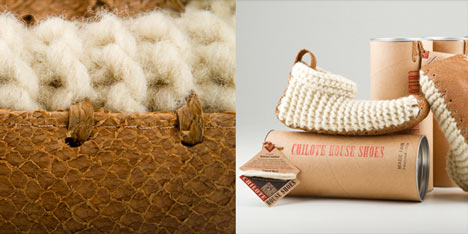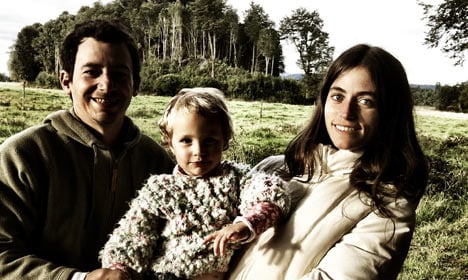

In a new feature kicked off last week, The Local will look into one successful entrepreneur's life - the story behind their successes, major challenges and how being an entrepreneur changed their life forever. This week, Sparsh Sharma talks to 'socio-preneur' Stiven Kerestegian Ganarillas and his wife Francisca about their salmon skin shoes.



Member comments